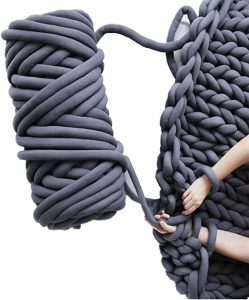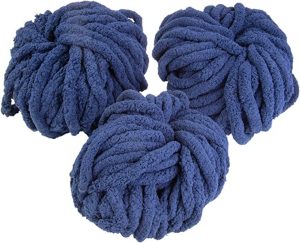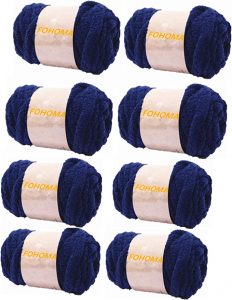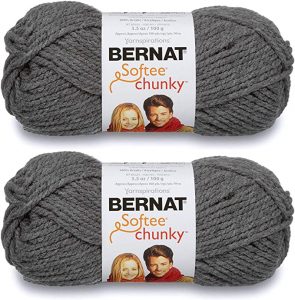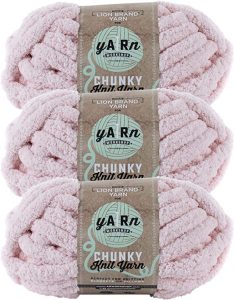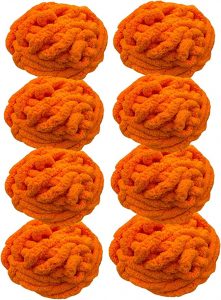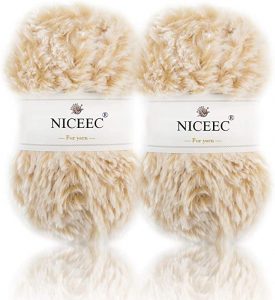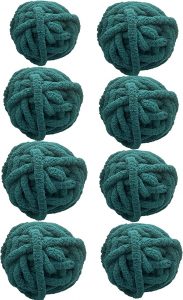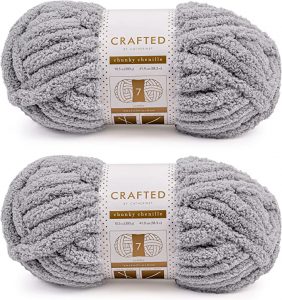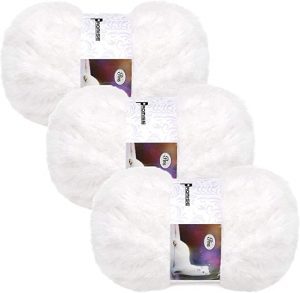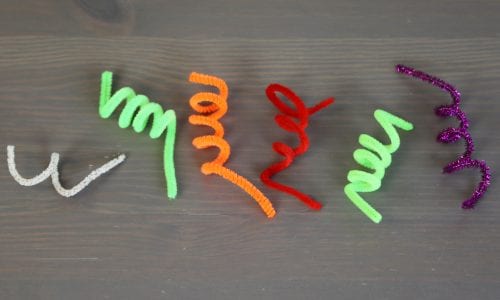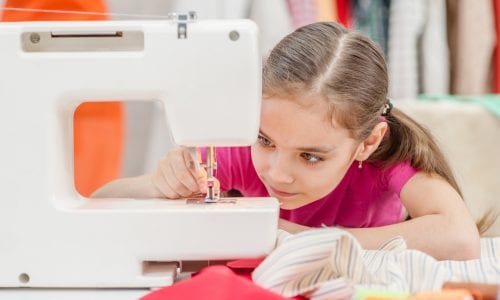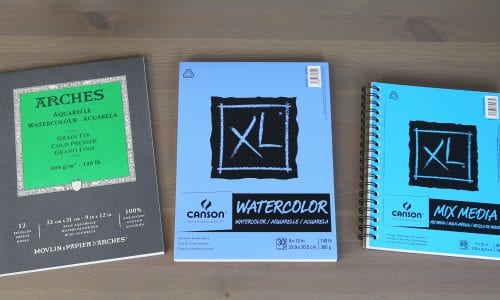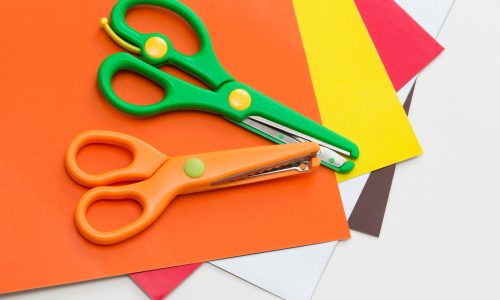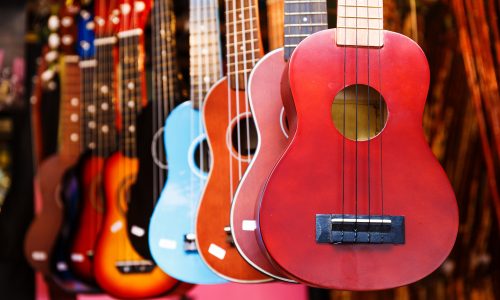The Best Chunky Yarn
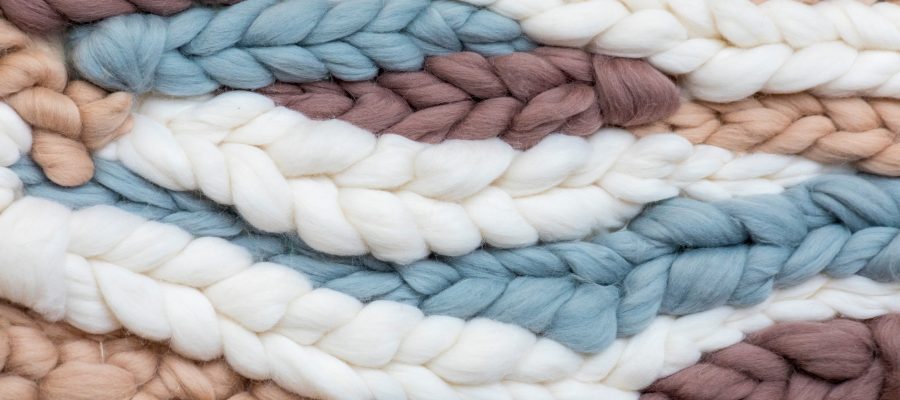
Our Review Process
Don't Waste Your Money is focused on helping you make the best purchasing decision. Our team of experts spends hundreds of hours analyzing, testing, and researching products so you don't have to. Learn more.
Our Picks For The Top Chunky Yarns
- 1. NXqilixiang Super Soft Washable Merino Chunky Yarn
- 2. SCS Direct iDIY Chunky Fluffy Chenille Yarn, 3 Pack
- 3. FOHOMA Soft Super Bulky Chunky Chenille Yarn, 8 Pack
- 4. Bernat Acrylic Softee Chunky Yarn, 2 Pack
- 5. Lion Brand Chunky Jumbo Chenille Workshop Yarn, 3 Pack
- 6. ETSIIT Soft Polyester Super Bulky Chunky Chenille Yarn, 8 Pack
- 7. NICEEC Super Soft Chunky Faux Fur Eyelash Yarn, 2 Pack
- 8. ETSIIT Soft Polyester Super Chunky Chenille Yarn, 8 Pack
- 9. Crafted By Catherine Gauge 7 Jumbo Chunky Chenille Yarn, 2 Pack
- 10. MixTeach Soft Chunky Faux Fur Eyelash Yarn, 3 Pack
This soft, chunky yarn is a great option whether you're making a weighted blanket, scarf or dog bed. The merino material provides both warmth and comfort, and the quality of the yarn resists leaving lint behind. The items you make with this yarn can be tossed in a washer for easy cleanup whenever you need it.
Durable and ComfortablePolyester gives this chunky yarn a durable build while also keeping you comfortable.
You'll get three balls of yarn, each measuring 72 yards, in this set to help you with all your crafting needs. Made from chenille, this yarn is both fluffy and soft, giving you warmth without weighing you down. You can choose from multiple colors, including pastels and neutrals.
Customizable OptionTackle a variety of DIY projects with this yarn, which lets you vary between tight and loose knits to customize the results.
Jumbo chenille Merino wool material helps you use this yarn for durable yet soft results. The yarn creates machine washable results for easy maintenance. The diameter is ¾“, making it great for arm knitting and 25 mm needles.
Unique and ComfortableThis blanket comes in a variety of non-standard colors, making it great for those unique DIY projects.
You'll get two skeins of 100 percent acrylic yarn in this set. Each skein measures 108 yards for a total of 216 yards. The bulky build makes it perfect for use with US 11 knitting needles and US 11 crochet hooks.
Perfect for BeginnersIf you’re just getting started with knitting, this basic set of two skeins of acrylic yarn is a great option.
Buying Guide
Knitting and crocheting can be a fun way to pass time, whether you join a group of friends or work on your projects on your own. You can knit away while watching TV or hanging out with the family, and at the end of hours of hard work, you’ll have a beautiful blanket or scarf to show for it.
But knitting and crocheting takes time. Using regular yarn, you’ll toil away for weeks to arrive at an end product. For that reason, some crafters have turned to chunky yarn as a great alternative. In a fraction of the time, you’ll complete your project. That makes chunky yarn a great option for beginners or those who are simply challenged for time.
Chunky yarn is classified as #5 on the Craft Yarn Council’s Standard Yarn Weight System. Chunky yarn, also known as Bulky Yarn, is used with needle sizes from U.S. 9 to 11 or crochet needles sized 8-11 sts. You’ll also find super chunky yarn classified as #6, requiring an even larger needle.
You don’t need a needle or hook for bulky yarn. The great thing about this type of yarn is that you can use it for something called arm knitting. You simply wrap the yarn around your arm to create projects with loose, but secure stitches. If you need to put a pause on things, you can slide your stitches onto a cardboard gift wrap roll, then move them back onto your arm when you’re ready to start up again.
At one time, wool was the go-to fabric for knitting yarn, but in recent times, manmade materials have blasted their way into the space. Polyester holds the majority of the materials market, followed by cotton. Wool makes up a tiny percentage of today’s textiles market. The best thing about polyester is its machine washability, which means you’ll get lightweight but durable blankets and wearables.
What to Look For
- If you’re new to knitting with bulky yarn, start with a less expensive yarn first. You can get some practice in before you scale up to more expensive materials.
- Chunky yarn has its benefits, but it’s not as good for intricate patterns. You’ll likely want to stick with solids if you’re using chunky yarn.
- Chunky yarns can tend to trap air, making them hotter than other knits. It’s great for blankets and scarves designed specifically to keep you warm.
- Due to its bulk, chunky yarn isn’t as popular for clothing. Not only does it promote excessive warmth, but it also creates a thicker piece of apparel than thinner yarns.
- Check the care instructions for any yarn you choose. Some wool material is hand wash only. Most polyester material can be washed in the machine, so that will make for easier cleanup.
- You can buy knitting books specific to bulky yarn, but you don’t have to. There are plenty of patterns online that can help get you started on your knitting journey.
- Bulky yarn can tend to split and fray quicker than thinner yarns. For best results, look for a durable yarn that won’t leave lint behind or pill after a few spins through the washing machine.
- Using various knitting techniques, you can change up your projects between tight and loose knits.
- Yarn is sold by the skein, but each skein will have a certain amount of yarn on it. You can find guides online that will give you a feel for just how much yarn you’ll need for a sweater, scarf, hat, blanket and more. Make sure you’re looking at the amount of yarn you’ll need specific to the weight of the yarn you’ll be using.
- You can find bulky yarn in all the colors you’d see for regular yarn. If you’re looking for an unusual color, though, you might have to shop around a little more to find a retailer offering it.
More to Explore
The exact origin of knitting isn’t known, and there’s a good reason for that. Knitting materials degrade fairly quickly, so there are no lingering artifacts. But many believe knitting got its start in the Middle East between 500 and 1200 A.D., making it one of the earliest crafts. Early knitted garments were made from cotton, silk and wool, all of which quickly biodegrade.
Production of knitted goods became much easier in 1589 when William Lee invented a machine that could knit stockings. The machine was designed to mimic the movements of the hand knitters of the time, who toiled away, making items using needles. Lee brought his idea to Queen Elizabeth I in the hopes of being granted a patent. His request was rejected, though, since the queen was afraid a machine would replace laborers and negatively impact the knitting industry.

